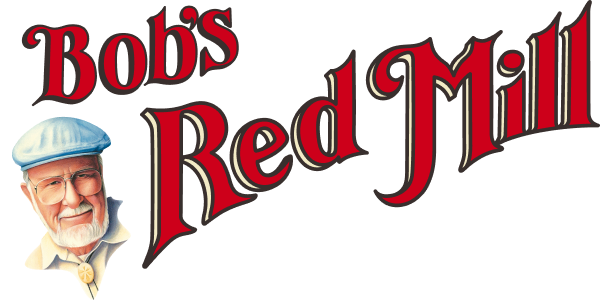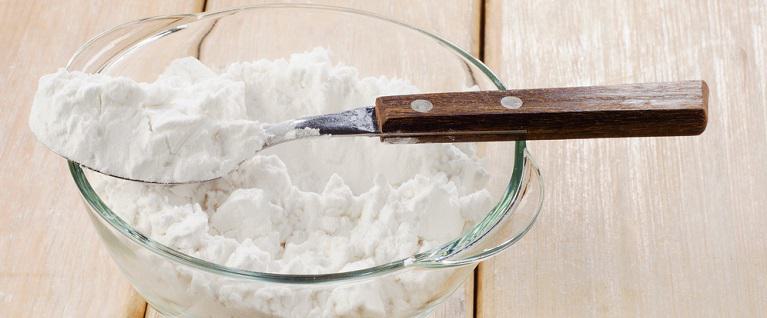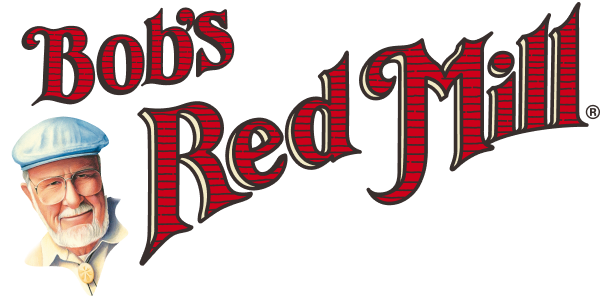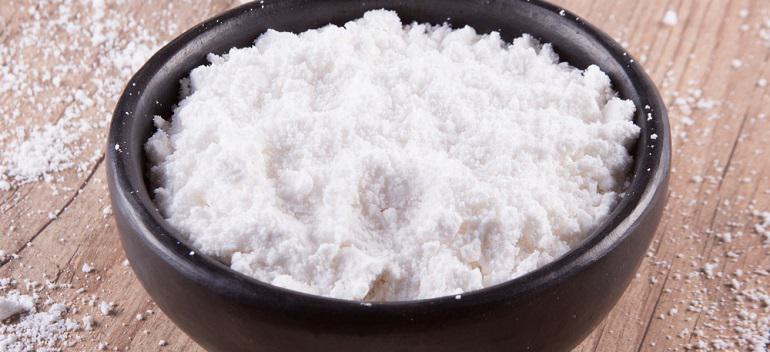


 First up on the list of our favorite starches is arrowroot starch. Also listed as arrowroot powder and arrowroot flour, arrowroot starch is a starch that is extracted from the arrowroot plant. A white powdery substance, this starch is flavorless and odorless, which makes it easy to use in both savory and sweet recipes. Because arrowroot powder does not change the taste of a dish, it's quickly become a favorite amongst bakers.
Arrowroot starch is also amazingly natural. Unlike cornstarch, when extracting arrowroot powder, most companies skip the high heat and chemical extraction process. By removing arrowroot starch more directly, it helps keep this powder chemical-free.
First up on the list of our favorite starches is arrowroot starch. Also listed as arrowroot powder and arrowroot flour, arrowroot starch is a starch that is extracted from the arrowroot plant. A white powdery substance, this starch is flavorless and odorless, which makes it easy to use in both savory and sweet recipes. Because arrowroot powder does not change the taste of a dish, it's quickly become a favorite amongst bakers.
Arrowroot starch is also amazingly natural. Unlike cornstarch, when extracting arrowroot powder, most companies skip the high heat and chemical extraction process. By removing arrowroot starch more directly, it helps keep this powder chemical-free.
 First, let's dive into cornstarch. Cornstarch, also known as corn flour or maize starch, is arguably the most common starch around. It's a white powdery substance that's derived from corn and used for many culinary and household purposes. In the kitchen, cornstarch is commonly used as a thickening agent. When added to pies, soups, gravies and marinades, it works to thicken them to achieve the desired texture.
Cornstarch is also a useful anti-caking agent, especially in packaged goods like shredded cheese. As an anti-caking agent, cornstarch coats whatever it is added to and helps absorb moisture and condensation. This absorption process works to prevent clumps from forming over time. Additionally, cornstarch can be used to make sugars, such as corn syrup.
First, let's dive into cornstarch. Cornstarch, also known as corn flour or maize starch, is arguably the most common starch around. It's a white powdery substance that's derived from corn and used for many culinary and household purposes. In the kitchen, cornstarch is commonly used as a thickening agent. When added to pies, soups, gravies and marinades, it works to thicken them to achieve the desired texture.
Cornstarch is also a useful anti-caking agent, especially in packaged goods like shredded cheese. As an anti-caking agent, cornstarch coats whatever it is added to and helps absorb moisture and condensation. This absorption process works to prevent clumps from forming over time. Additionally, cornstarch can be used to make sugars, such as corn syrup.
 While you may be familiar with tapioca pudding, it's quite different than tapioca powder. Tapioca, a starch extracted from the cassava root, is a dietary staple in various countries in Africa, Asia and South America. While tapioca has little to no nutritional value, it does have many beneficial uses. Naturally gluten free, tapioca powder can serve as a wheat substitute in baking recipes for those who may suffer from gluten intolerance.
Tasteless and odorless, this flour is commonly used to help baked goods achieve a fluffy, light and spongy texture. It can also be added to pizzas and pie crusts to create a flaky, crispy texture. Because it is a starch, tapioca flour is often used as a binding and thickening agent. For best results, we recommend combining tapioca flour with other gluten free flours.
While you may be familiar with tapioca pudding, it's quite different than tapioca powder. Tapioca, a starch extracted from the cassava root, is a dietary staple in various countries in Africa, Asia and South America. While tapioca has little to no nutritional value, it does have many beneficial uses. Naturally gluten free, tapioca powder can serve as a wheat substitute in baking recipes for those who may suffer from gluten intolerance.
Tasteless and odorless, this flour is commonly used to help baked goods achieve a fluffy, light and spongy texture. It can also be added to pizzas and pie crusts to create a flaky, crispy texture. Because it is a starch, tapioca flour is often used as a binding and thickening agent. For best results, we recommend combining tapioca flour with other gluten free flours.
 Where guessing that just by reading the name, you can tell where potato starch comes from. Yes, potatoes! While potatoes contain a wide range of nutrients, sadly, when the starch is extracted, many of those nutrients remain in the vegetable. But that's not to say that potato starch doesn't have a purpose. It does! Just not a nutritional one. Gluten free and easy to cook with, potato starch has a lot of desirable qualities. One of which is the taste. Potato starch's neutral taste makes it easy to add to any recipe.
Because potato starch can tolerate higher temperatures, it is used as a replacement for cornstarch in many baking recipes. Adding potato starch to a recipe helps moisten baked goods and is an essential ingredient in gluten free baking.
Where guessing that just by reading the name, you can tell where potato starch comes from. Yes, potatoes! While potatoes contain a wide range of nutrients, sadly, when the starch is extracted, many of those nutrients remain in the vegetable. But that's not to say that potato starch doesn't have a purpose. It does! Just not a nutritional one. Gluten free and easy to cook with, potato starch has a lot of desirable qualities. One of which is the taste. Potato starch's neutral taste makes it easy to add to any recipe.
Because potato starch can tolerate higher temperatures, it is used as a replacement for cornstarch in many baking recipes. Adding potato starch to a recipe helps moisten baked goods and is an essential ingredient in gluten free baking.